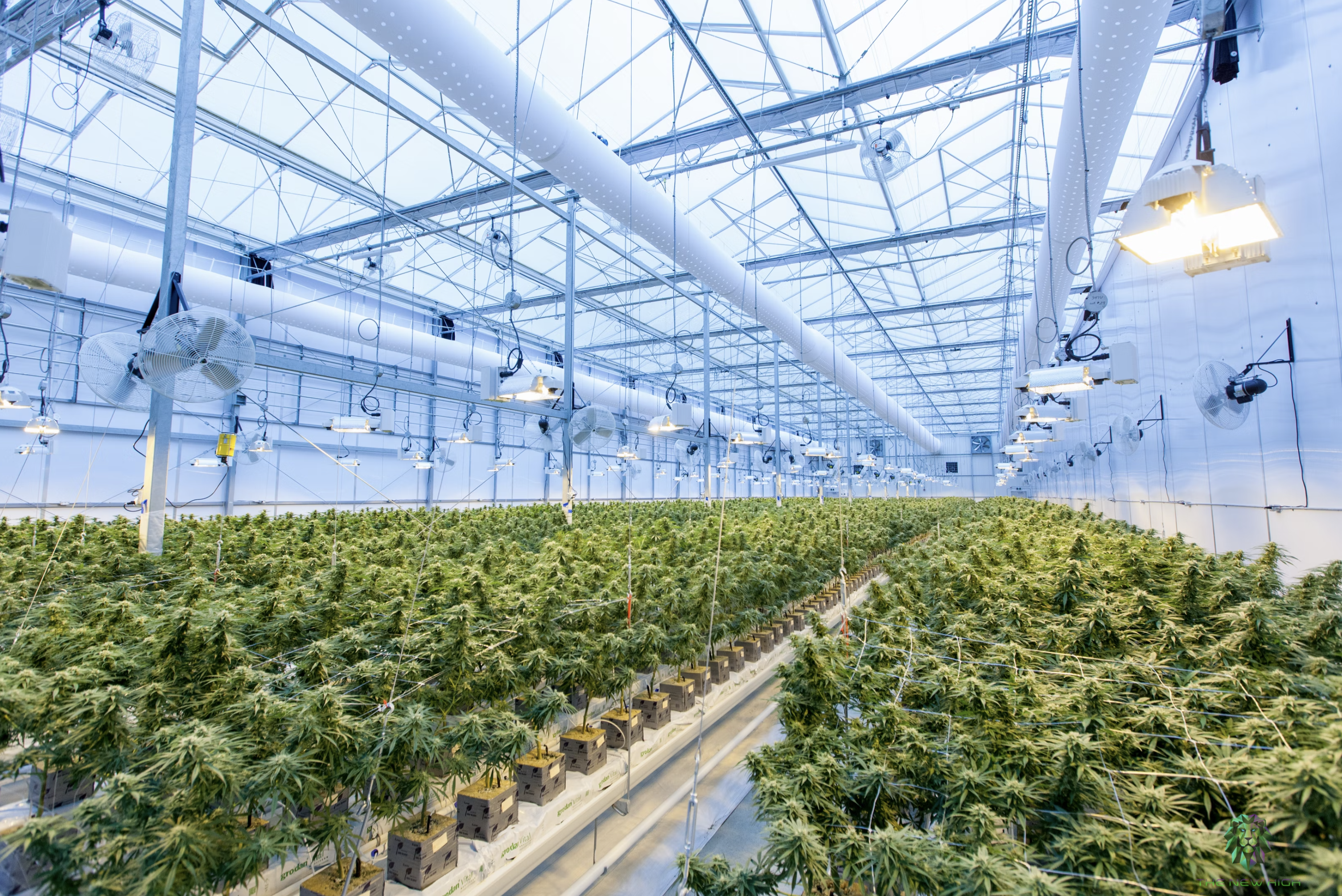
A high-tech cannabis greenhouse using hydroponics can control the environment to optimise cannabis strains for medical marijuana
Cannabis was always researched in Israel. It started in the 60s when chemist Raphael Mechoulam working at the Weizmann Institute was given a few pounds of hashish from the police to check his curiosity about active ingredients in the plant. He went on to isolate the main molecules in medical marijuana, THC and CBD, giving them their famous names.
I interviewed Mechoulam about 15 years ago when no one was interested in cannabis as medicine except for the drug dealers and happy hippies who could grow it secretly in places like Canada. But so much has changed in perception and science since then.
Throughout the world, the cannabis plant is gaining in popularity and legitimacy as a medical treatment for a broad range of illnesses from cancer to depression to PTSD. The THC in the plant which makes the high can also bring many therapeutic benefits.
In a new research project at Hebrew University in Jerusalem, Professor Alexander Vainstein has engineered a cannabis plant with higher levels of medically-important substances, such as THC. This is the molecule that creates the “high” in cannabis, but it is also believed to have a number of therapeutic benefits as well.
He used a method that has been applied to other plants but not in cannabis, until now. And with this method claims in scientific literature to have boosted the cannabis to 17% THC.
While the end-product is not genetically modified, the virus that changes the cannabis plant is. Vainstein tells Green Prophet:
“The viral vector is genetically modified. It activates/suppresses specific plant genes. Regulatory issues for field applications are still to be finalized.”
Well it might come to news to the scientific community but cannabis growers in Canada who grow cannabis using hydroponics illegally often claimed those numbers and more. But verified by scientists and created under supervision researchers successfully increased the level of THC (tetrahydrocannabinol), the main psychoactive component in cannabis, by close to 17%, and the level of CBG (cannabigerol), often referred to as the mother of all cannabinoids, by close to 25%.
Further, Vainstein and his team were able to increase the ratio of terpenes, which are responsible for maximizing the euphoric effects of cannabis, by 20–30%.
Higher concentrations of medicine in plants means more extract per plants, means cheaper medicine for the end user.
Personalized cannabis medicine
The researchers used gene science and a plant-based virus, that had first been neutralized so that it could not harm the plant, and then manipulating it to express the genes that influence the production of active substances in the cannabis plant.
“This represents an innovative use of these tools, which were constructed using synthetic biology tools,” explained Vainstein. “Next, we developed an innovative technology based on infection with an engineered virus to facilitate chemical reactions that increase the quantities of desired substances.”
This is the first time that researchers have succeeded in performing such a feat with cannabis plants. In 2011, Vainstein released a breakthrough technique to improve the genome of all plants by infecting them with a modified virus.
The plant virus is temporarily used to introduce genes that encode a special enzyme that is able to permanently change the plant genome in predetermined regions and in a specific manner. The plant cells manufacture these biological DNA “editing scissors” that then cut and change the plant genome in every virus infected cell. The virus is then eliminated from the plant, and the seeds or vegetative tissues can be grown to produce fully modified plants.
Currently, there is a great deal of research activity aimed at identifying additional substances and medical treatments that can be derived from the cannabis plant, in addition to the more than 200 active ingredients that have already been identified.
Until now, there had been no way to tailor strains to produce certain cannabis substances or to alter the ratio between them. According to Vainstein, “These study results will be valuable both to industry—to increase the yield of active substances, and to medical researcher—to cultivate and develop new strains for medical cannabis users.”
Vainstein added that more extensive experiments with the engineered plant are currently underway and should be available to cannabis industry leaders and medical research in the next few months. No doubt the researchers, through the tech transfer arm of the university – Yissum – will be keen on selling the system of gene modification.



